A Comprehensive Guide on Types Of Honey
Honey is a natural ingredient known to humankind since ages. Everyone knows about its rich benefits and have studied various stories about this wonderful substance in holy books as well. The Bible describes there was a land where honey and milk flow and was well equipped with everything that we all needed
It is a predecessor of sugar and is a wonderful sweetener loved by all because of its rich taste and texture. There are numerous varieties of honey available in the market today. This variation in honey types depends mainly on the source of the nectar from which it is made, composition, color of blossoms, and processing methods.
Honey is delivered by six to eleven of the roughly 20,000 types of honey bees. The honey bees (most usually, Apis mellifera) drink nectar from a blossom and mix it on numerous occasions with salivary chemicals (diastase and invertase) in their nectar sacs.
The botanical nectar is artificially changed into honey when the unpredictable sugars are enzymatically separated into glucose and fructose, and abundance water is vanished.
Indeed, nectar and honey are extraordinary! They contrast depending on their chemical composition. ;Nectar is a watery arrangement of sugars, amino acids, proteins, lipids, minerals, and different components, though honey is more processed and rich.
Raw, unfiltered nectar is an altogether different – and much preferred – item over the honey sold at the local store. To get why, how about we investigate how nectar makes it to the rack. Honey bees gather blossom nectar and take it back to their hive.
The pollen is passed, by mouth, from working drone to working drone, with every one adding significant catalysts that separate the nectar and add calming and antibacterial properties.
It's then put away as basic sugars (basically fructose and glucose) in the honeycomb, where working drones fan it with their wings. The air course and normal warmth cause the vast majority of the water in the compound to dissipate, the substance becomes comb honey, and the honey bees cover it with beeswax.
Beekeepers or processors separate the honey, and gently strain it to eliminate any bits of beeswax or impurities (counting any bug parts).

Are All Honey Types the Same?
Honey varieties basically differ in origin, color and flavor. Although the general ingredients are the same in all honey types consisting of approximately 80% sugar, along with natural substances which are responsible for variations in taste and color.
There are plentiful liquid and firm honey varieties available in the market. Honey consistency varies mainly because of the glucose and fructose content. It also differs because of the way in which the honey is processed through filtration, mixing, the addition of heat, and so on.
A higher measure of glucose content prompts speedier crystallization, which means it turns out to be firm and misty with time. This is certainly not an indication of positive or negative quality. Firm, crystallized honey can be gotten ready to become liquid once more, as well.
The three essential classes of honey are:
-
Monofloral Honey
Honey that is mainly produced from the nectar of one specific plant – such as clover, etc. are commonly called monofloral honey varieties.
-
Polyfloral Honey
This is produced by the nectar collected by bees from different plants. The resulting varieties of polyfloral honey can vary a lot in flavor and appearance, such as wildflower types.
-
Local Honey
Honey that is collected from a specific region or territory, such as a special mountain area or forests are known as local honey.
Do different honey types have different color and flavors
-
Darker Honey
Darker honey varieties come with an intensive and unique fragrance. They taste less sweet, yet they are fairly sour with an unpleasant, malty note.
-
Lighter Honey
Lighter honey varieties usually have a floral and mild flavor and come in light color shades like white, pale yellow, golden, orange and red.
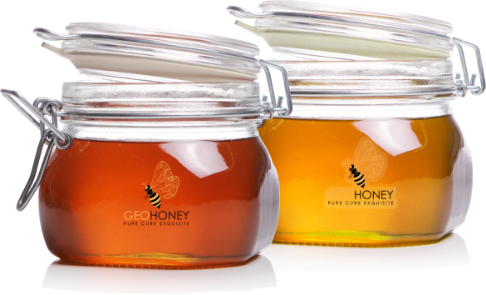
.png)
What Are the Types of Honey?
Honey is basically classified depending upon the flower from where the nectar is collected. Sweetness, texture and medicinal properties of honey depend to a great extent upon its bloom sources. A few honey types have a gentle flavor, while others are very strong. Some are ideal for baking purposes, while others are the most tasty assortments to eat directly from the container. Some are best for wound recuperating or battling contamination, while others are more valuable to treat hypertension or sore throats.
Acacia Honey
Acacia honey is the most common and all-purpose honey variety that comes in a sweet mild flavor. It’s one of the lightest-colored and clearest types of honey produced from the nectar of acacia flowers. It is high in fructose content and does not get crystallized in the jar easily. Its low sucrose content makes it a popular choice for the diabetic people and as it has a rich source of anti-inflammatory properties, it is best suited to treat respiratory disorders.
-
Alfalfa Honey
Alfalfa Honey is significantly available in Canada and the United States. Produced from the nectar of the purple or blue blooms, it is light in color and has a gentle flower smell and taste.
Because of its sweet yet gentle taste, Alfalfa honey is frequently utilized for baking purposes. In spite of the fact that honey lovers incline toward eating it straight out of the container, it works better when combined with different ingredients like tea, lemonade and milkshakes.
-
Avocado Honey
Avocado Honey doesn't taste like the fruit, yet is extracted from the California avocado blooms. It's a dim shaded nectar with a rich flavor and makes for a tasty plate of mixed greens dressing or sauce when blended in with different ingredients.
-
Basswood Honey
Basswood Honey is generally known for its gnawing taste, particular white tone and extraordinary pliability quality that makes combining it with any food item a simple task. Basswood Honey is produced from the nectar of cream-hued Basswood blooms found all through North America. It's fresh, charming and wood-like tastes extraordinarily well with a variety of teas and is massively suggested for salad dressings and marinades.
-
Beechwood Honey
Prominently known as Honeydew honey, it is sourced from New Zealand's South Island. It comes from the sap delivered by aphids on the bark of the Beechwood tree and later gathered by the honey bees. It is generally utilized as syrup for pancakes, fruit salads and mixed greens because of its fragrant properties.
Its customary usage is additionally known to work on enhancing the immune strength, digestive system functioning and is regularly used as a famous supplement because of its high dietary benefit.
-
Blueberry Honey
A charming flavor variety of honey produced in New England and in Michigan, Blueberry honey is extricated from the white blossoms of the blueberry bush. Light golden shaded, a balanced flavor and a trace of tartness from the Blueberry. Blueberry Honey makes for an optimal backup for your morning meal breakfast like oats, pancakes and grain bars.
-
Bluegum Honey
This eucalyptus honey variety significantly grows in South Australia and Tasmania. Its thick texture and golden shading makes it a go-to ingredient for toasts and wafers. It tastes somewhat like a bubble gum giving an inconspicuously cool and a minty hint beneath its genuine thick texture.
-
Buckwheat Honey
The strongest and darkest honey variety, Buckwheat Honey is mainly produced in Minnesota, Ohio, and Pennsylvania just as in barely any eastern locales of Canada. As a rich source of iron and other fundamental supplements, Buckwheat honey is among the most common honey types and generally consumed by a large number of people worldwide. It essentially contains richer antioxidants compounds than some lighter varieties of honey in a similar class.
-
Clover Honey
Clover Honey is the most broadly accessible and famous honey type on the planet. It is significantly produced across Canada and New Zealand. It has been named as a classic variety because of its charming and botanical sweet taste, making it a hit element for an immense variety of sauces and salad dressings.
-
Dandelion Honey
Dandelion Honey is a stronger honey variety with gentle mixes of sourness in it. It is generally produced in New Zealand's South Island and is normally dull golden in shading. Dandelion Honey bears a trademark Dandelion smell, which is considered as a restorative spice in China, Tibet and India because of its mending properties.
-
Eucalyptus Honey
Initially originated in Australia, Eucalyptus Honey is broadly extricated in California also. A great therapeutic honey type, Eucalyptus is generally utilized by individuals across the globe for protecting the body against cold, fever, headaches, etc.
Because of its broad accessibility, Eucalyptus honey varies in taste and flavor yet conveys a trademark natural flavor and a slight menthol aftertaste.
-
Fireweed Honey
Fireweed Honey comes from a tall herb grown in the open woods of the north-west US. Light in shading, it has its own particular manner of being sweet and complex simultaneously. Its smooth, sensitive and rich taste makes it an extraordinary choice for baking, gourmet cooking, and fish smoking.
-
Heather Honey
One of the most strongest and most impactful flavors accessible, Heather's aftertaste is practically bitter and is usually utilized as a spread or marinating Ham, chicken, sheep, fish and cold meat dishes. It is thick and golden in color and is known to be a rich source of protein offering plentiful benefits.
-
Ironbark Honey
This is another exceptional Eucalyptus flower assortment (Eucalyptus crebra) with an intense taste, Iron Bark Honey is extricated from the flowers that bloom throughout the year in the eastern Australia.
A most loved flavor catalyst for baking and grilled meats, Ironbark Honey's golden color and thick texture adds a wanton taste to smoothies just as other sweet beverages and shakes.
-
Jarrah Honey
Jarrah is a dull golden eucalyptus variety of honey that has a caramel aftertaste. Jarrah Honey has been logically investigated to discover that Jarrah is a successful remedy for wounds, burns and skin sensitivities because of the greater level of activity than a large portion of the honey assortment accessible in the market.
-
Leatherwood Honey
Leatherwood Honey comes from the Leatherwood flowers in the south-west area of Tasmania, Australia. Leatherwood Honey is known for its exceptional taste and strong flavor. Additionally, generally known as Tasmanian Honey, it has set up itself as an indispensable natural ingredient that improves as well as adds a magnificent flavor to cakes, biscuits, espresso and tea.
-
Linden Honey
Light yellow in shading, Linden Honey bears a sensitive and fresh woody fragrance. Perhaps the most therapeutically rich assortments of honey, Linden has been a top choice for some people before sleep time. Its soothing properties help gigantically in the instances of nervousness and sleep deprivation. Linden Honey is also used in the treatment of cold, cough and bronchitis.
Extricated from the Linden tree, which bears little yellowish white blossoms, Linden honey is significantly produced in Denmark.
-
Lavender Honey
Lavender honey is exceptionally light yellow in color and has a botanical woody smell. It is one of the lightest-tasting honey that has exceptional properties in it. This honey has a sort of amino acid known as tyrosine, which is significant for enhancing the functioning of the brain. This honey also comes with the capability of improving state of mind while lessening stress and anxiety.
-
Macadamia Honey
Macadamia Honey was first sourced in Australia from the flower nectar of the Macadamia Nut tree. It is somewhere dullin shading with an unpredictable smell and has an inconspicuous nutty flavor. Macadamia Honey functions admirably with plates of mixed greens, frozen yogurt, toasts and even as marinade for barbecued chicken wings.
-
Manuka Honey
Local to New Zealand's waterfront regions, Manuka Honey is made from the nectar collected from the blossom of the Tea Tree bush. It contains a rich antibacterial property that guides in adequately treating stomach ulcers, sore throat, cold, acid reflux and skin inflammation and pimples among others. Manuka Honey's taste shifts because of the distinction in source yet as a rule brags of a strong trailing sensation that stays for some time.
-
Orange Blossom Honey
Orange Blossom Honey, frequently a blend of citrus sources, is typically light in shading and mild in flavor with a new fruity aroma, and a fragrant citrusy taste. Initially originated from Spain/Mexico, today Orange Blossom Honey is being produced in numerous nations including Florida, Southern California and Texas among others.
-
Pinetree Honey
Pinetree Honey or Honeydew essentially comes from the nectar of the flowers available in Greece. Very inverse to the standard sweet taste of honey, Pinetree Honey has a marginally unpleasant taste with a solid fragrance and is plentiful in minerals and proteins.
-
Rosemary Honey
A little light yellow in color, Rosemary honey has a solid sweet flavor. It is for the most part utilized in beautifying agents to give dampness to the skin. Not simply that, it also assists in treating cardiovascular illnesses and digestion issues.
-
Sourwood Honey
Sourwood Honey is light-hued, delicate honey variety with a caramel sort of taste. While many discover its taste to be harsh, its lovers discover it to be pretty much as sweet and nutty as other varieties of honey available.
-
Sage Honey
The light-hued and weighty bodied Sage Honey is generally produced from the blossoms in California. Sage Honey is loaded with a property to crush gradually and is regularly used to mix with different honey varieties to slow down the process of crystallization. It comes in a mild yet magnificent taste that makes it enormously famous with the purchasers.
-
Tupelo Honey
Quite possibly the most top notch honey available in the market, Tupelo Honey or the "Southern Gold", as it is prevalently known as, is produced in the Southeastern U.S. swamps. It is normally light, brilliant or golden in shading with a weak greenish gleam and a gentle and unique taste.
Tupelo honey is one of the best honey varieties, civility, high fructose content and its capacity of not forming granules like most different kinds of honey.
-
White Honey
It's one of the rare kinds of honey and has a milder flavor when contrasted with other honey types. In opposition to what its name proposes, it doesn't have a pure white color yet has an exceptionally light golden shading and this honey comes from the blossoms of sage, alfalfa, and white clover. White honey is known to be the variety that is sold in the raw form and has a smooth white texture. This honey is unmistakably recommended for baking reasons and for digestive tract issues.
Takeway
Honey is a heavenly, better alternative to sugar.
Try to pick a top notch monofloral or polyfloral honey from Geohoney, since some lower-quality ones might be blended in with sugar syrup. Remember that honey ought to be consumed in low quantities only as it is still high in calories and sugar.
The advantages of honey are most articulated when it is supplanting another, unhealthier sugar. Toward the day's end, honey is essentially a "less bad" sweetener than sugar and high-fructose corn syrup. Include it in your daily diet today and see the magical difference in your overall health.
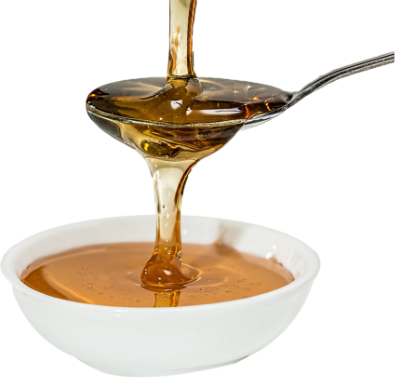
BUY OUR HONEY TYPE
What’s the buzz, Join the hive !
SIGN UP TO OUR NEWSLETTER
Be the first to know about our hot deals, new arrivals.



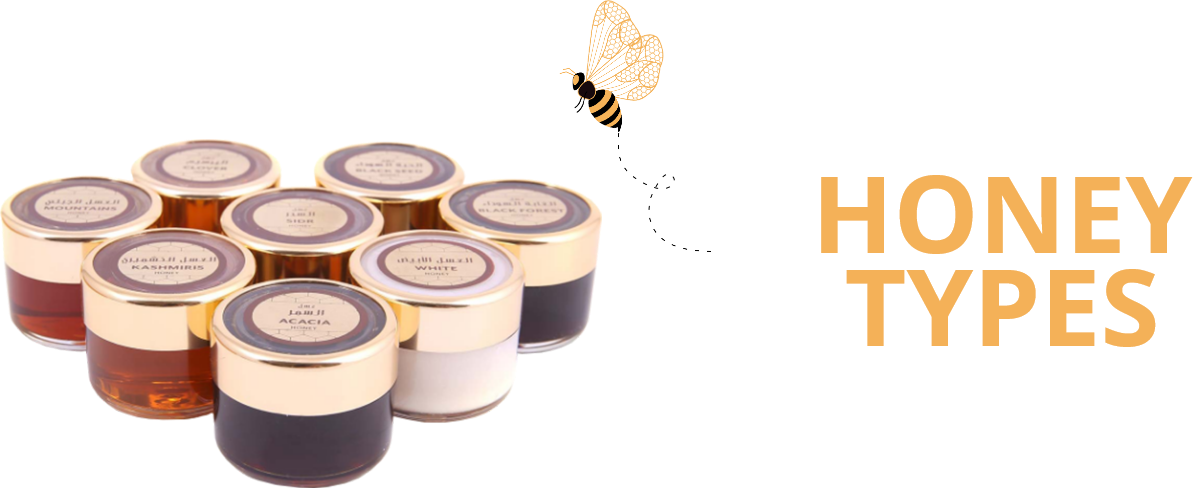


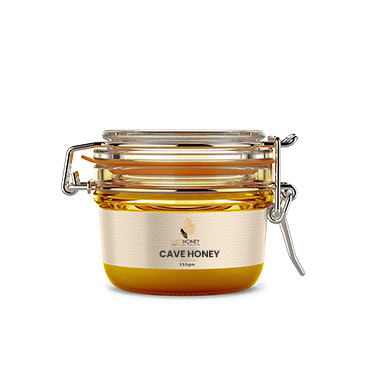
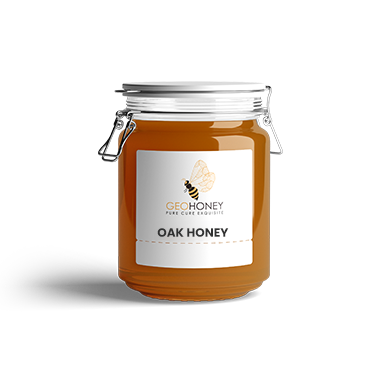


 Pay By Cards
Pay By Cards
 PayPal
PayPal
 Stripe
Stripe
 Other Payment Methods
Other Payment Methods










